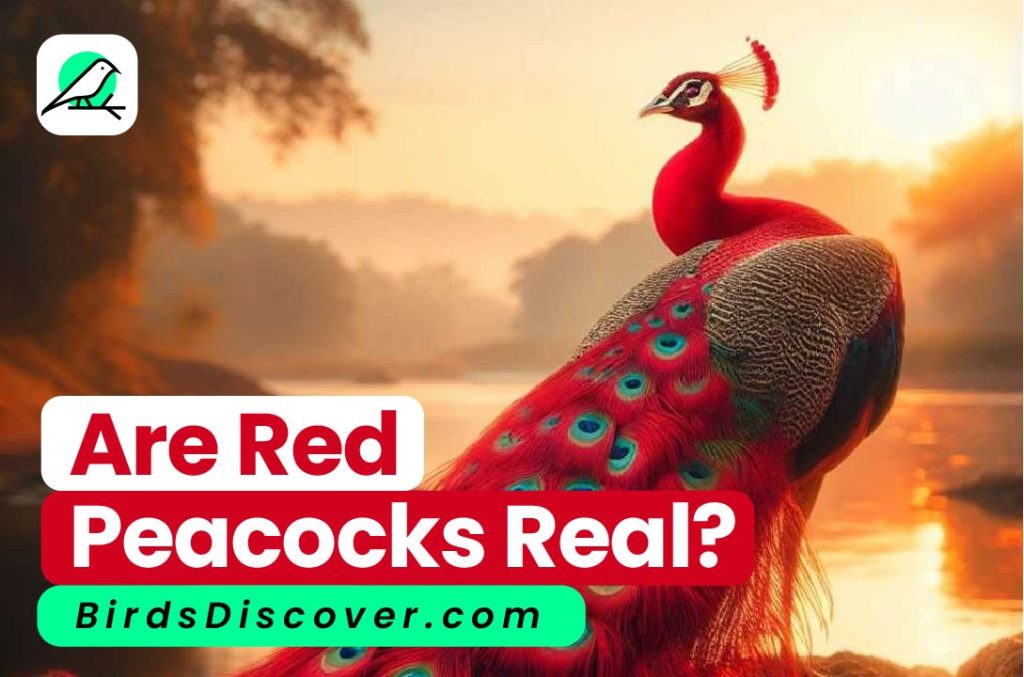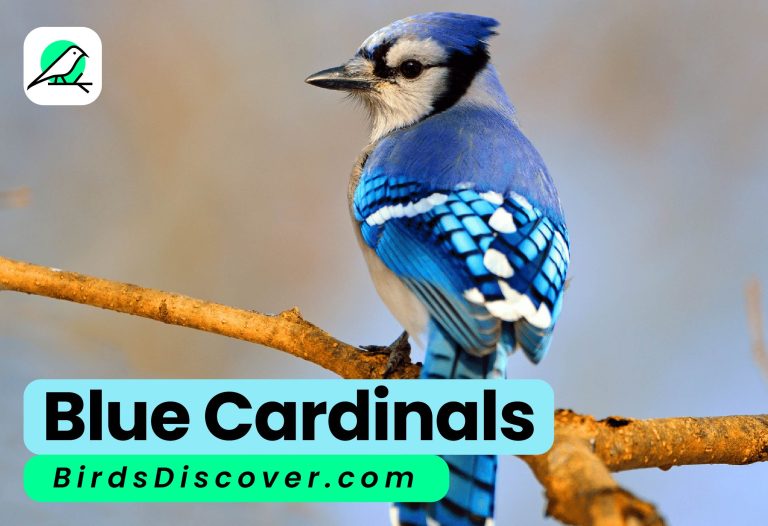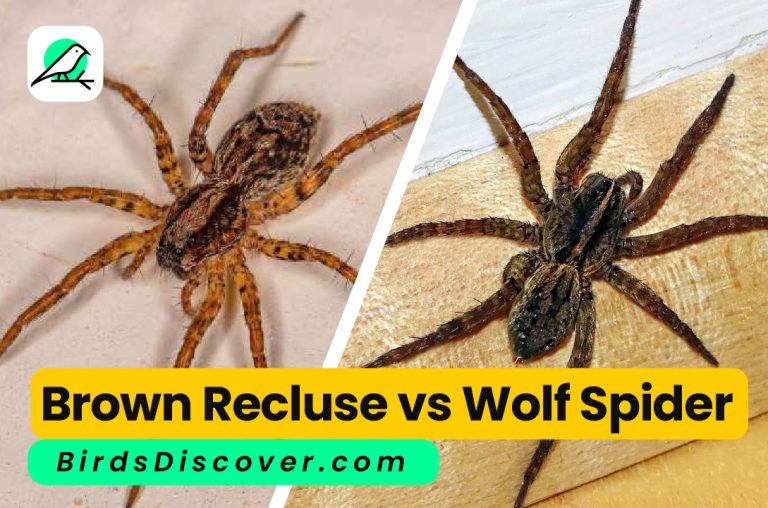Are Red Peacocks Real? Discover the Truth of Peacock

- Peafowl can live up to 20 years.
- Their feathers can be over 5 feet long.
- They are native to South Asia and Africa.
Need space to roam, proper diet, and shelter from elements and predators.
Peacocks are admired for their breathtaking feathers and regal presence, but what about the idea of a red peacock? Is it just a myth, or do they truly exist? While red peacocks are not naturally occurring in the wild, there are a variety of color variations in peafowls that showcase an extraordinary range of hues. In this article, we’ll explore the truth about red peacocks and delve into the fascinating color varieties of these majestic birds.
Are Red Peacocks Real?
No, red peacocks are not naturally occurring. Peafowls, often known simply as peacocks, are typically found in shades of blue, green, and white. However, there are reports of artificially dyed peacocks or genetic mutations that produce reddish hues, although these cases are extremely rare and involve human intervention.
The vibrant reds that people sometimes attribute to peacocks are more often a result of lighting, photographic filters, or breeding techniques rather than nature’s design. Despite the lack of naturally red peacocks, there are other color variations that make these birds just as spectacular.
What Colors Do Peafowls Naturally Come In?
In the wild, peafowls are found in three main color types:
- Indian Blue Peafowl: Known for their striking blue and green plumage, these are the most recognizable species of peacock.
- Green Peafowl: Found primarily in Southeast Asia, these birds have a greenish tint to their feathers, adding an exotic touch to their beauty.
- White Peafowl: Often mistaken for albino peacocks, white peafowls owe their snowy plumage to a condition known as leucism, which affects their pigmentation.
These natural colorations are the foundation, but through selective breeding and genetic mutations, additional color varieties have emerged.
15 Stunning Peacock Color Varieties
| Color Variety | Description |
|---|---|
| Indian Blue | The classic and most common variety, featuring deep blue feathers with shimmering green undertones. |
| Green | A rarer variety found in Asia, showcasing iridescent green feathers. |
| White | Completely white peacocks, caused by leucism, giving them a ghostly and elegant appearance. |
| Black-Shouldered | Characterized by dark, almost black wings, contrasting with their bright blue and green bodies. |
| Cameo | A pale brownish color that gives the peacock a soft, muted appearance. |
| Opal | This variety has a bluish-gray body with a unique metallic sheen. |
| Purple | A rare breed that exhibits a violet tint, giving the bird a regal appearance. |
| Charcoal | A deeper, more subdued color variation with a charcoal gray tint. |
| Bronze | Featuring brownish-bronze hues, this type has a rustic, earthy quality. |
| Peach | A softer, pastel-colored variety that gives the peacock a delicate and ethereal look. |
| Midnight | A dark, almost black peacock, shimmering with deep blue highlights. |
| Silver Pied | Characterized by white feathers mixed with dark blue and green, creating a striking contrast. |
| Buff | Light brown and cream hues, giving it a sandy, desert-like appearance. |
| Emerald Spalding | A hybrid variety with a brilliant emerald sheen on its plumage. |
| Red-Shouldered | While not entirely red, this variety has reddish highlights on its wings, creating a fiery effect. |
While none of these varieties include a naturally occurring red peacock, the genetic diversity within the species offers a stunning array of hues.
The Mythology and Symbolism Behind Peacock Colors
Throughout history, peacocks have been revered in mythology and culture, symbolizing beauty, immortality, and wisdom. Each color variation can be seen to carry its own unique symbolism:
- Blue: Represents wisdom and spirituality.
- Green: Symbolizes renewal and the earth’s fertility.
- White: Associated with purity and divinity.
- Bronze: Often linked to the strength and endurance of nature.
In some cultures, stories of “red” peacocks are tied to myths about transformation or power, but no naturally red peafowls have been documented.
Conclusion
While the idea of a red peacock captures the imagination, it remains firmly in the realm of myth. Nature, however, offers a spectacular palette of peafowl color varieties, from the classic Indian Blue to the ethereal White Peafowl and the shimmering Emerald Spalding. Each variety showcases the stunning diversity of this majestic bird species, leaving us in awe of their beauty and symbolism.
Whether you’re drawn to the vibrant blues or the more muted bronzes, peacocks are undoubtedly among the most dazzling creatures in the animal kingdom. And while the red peacock may not be real, the fascination with these birds continues to captivate the world.
FAQs
Are red peacocks real?
No, red peacocks are not naturally occurring. Any reports of red peafowls are likely the result of artificial dyeing or photographic effects.
What are the natural colors of peafowls?
Peafowls naturally come in shades of blue, green, and white. Variations such as Black-Shouldered and Cameo have been bred through selective methods.
Can peacocks be genetically modified to have red feathers?
While there is some speculation, no substantial evidence supports the existence of genetically modified red peacocks. Most instances are artificially created.
What is the rarest color of peafowl?
The Green Peafowl is one of the rarest naturally occurring varieties, while selective breeding has also produced rare varieties like the Purple and Midnight peafowls.
Where can I see different peacock color varieties?
Different varieties can often be found in aviaries, zoos, and private collections that specialize in exotic birds and selective breeding.


